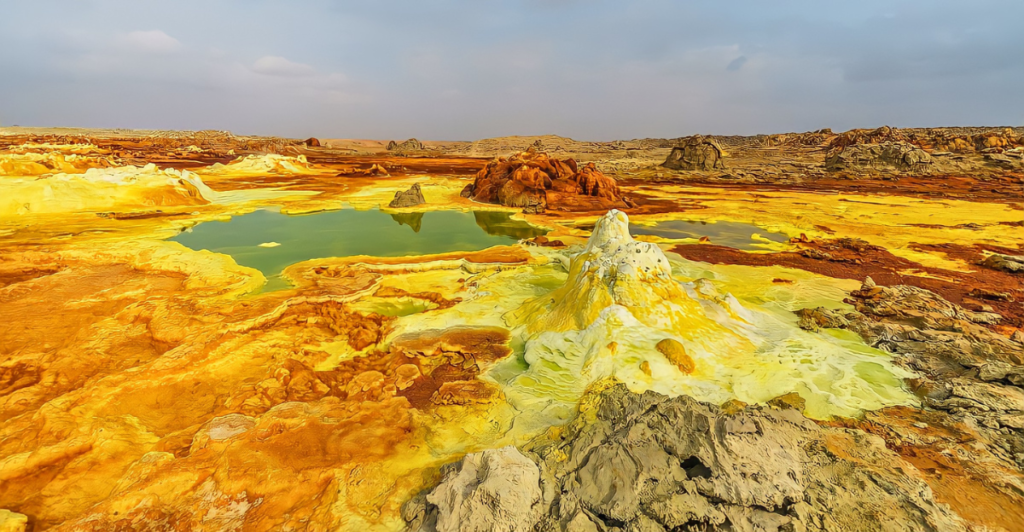
Living beneath our feet are archaea—microorganisms that thrive where all life can’t, present in scalding hot springs and underwater volcanoes beneath the ocean’s surface called deep-sea vents. Once lumped together with bacteria, archaea now form a third, distinct branch of life.
So what’s their secret weapon? The ability to produce energy through hydrogen gas even in the absence of oxygen. This energy production method is incredibly efficient and could be a game-changer in our approach to sustainable power. Scientists have just discovered that archaea use atypical hydrogenase enzymes—enzymes that break hydrogen molecules—to fuel their lives.
These findings not only shed light on ancient life, but also promise breakthroughs in energy in the future. Could these early microbes be the key to clean energy? The indications are pointing towards it.
Exploring Earth’s Three Domains of Life

Life is divided into three domains: Bacteria, Archaea, and Eukarya. Bacteria are single-celled and ubiquitous—found in the dirt under your feet and in your gut. Eukarya include humans, plants, and animals with complex cells that have nuclei.
Archaea, although microscopic like bacteria, are biochemically and genetically distinct. In extreme environments—acid ponds and salt lakes, say—they’re survival heroes. While bacteria and archaea appear nearly identical under a microscope, their enzymes, gene expression, and cell walls are quite different.
It was the unique features of Archaea that earned them an entire domain by themselves back in the 1970s. These differences are significant—significant not just for biology textbooks, but to usher in new technologies in energy, biotech, and even finding extraterrestrial life.
The Discovery and Importance of Archaea
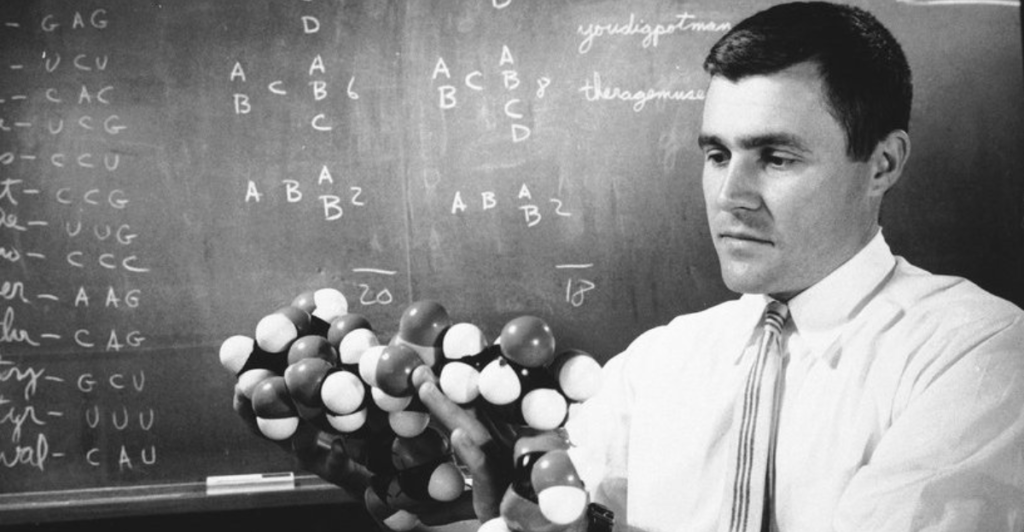
Carl Woese reshaped science in the 1970s. Using RNA sequencing, he found that certain microbes that were believed to be bacteria were actually quite different: they were archaea. This discovery created a third branch on the tree of life.
Archaea were found to be genetically closer to eukaryotes—humans, for example—than to bacteria, though they appear like bacteria. They changed evolutionary biology and offered new avenues of research.
Why is this significant? Because archaea live in extreme environments and have unique biochemical processes, such as hydrogen-based energy production. Learning about how they exist, survive, and develop can assist us with many problems, like how to create clean energy types.
Archaea’s Unique Method of Energy Generation
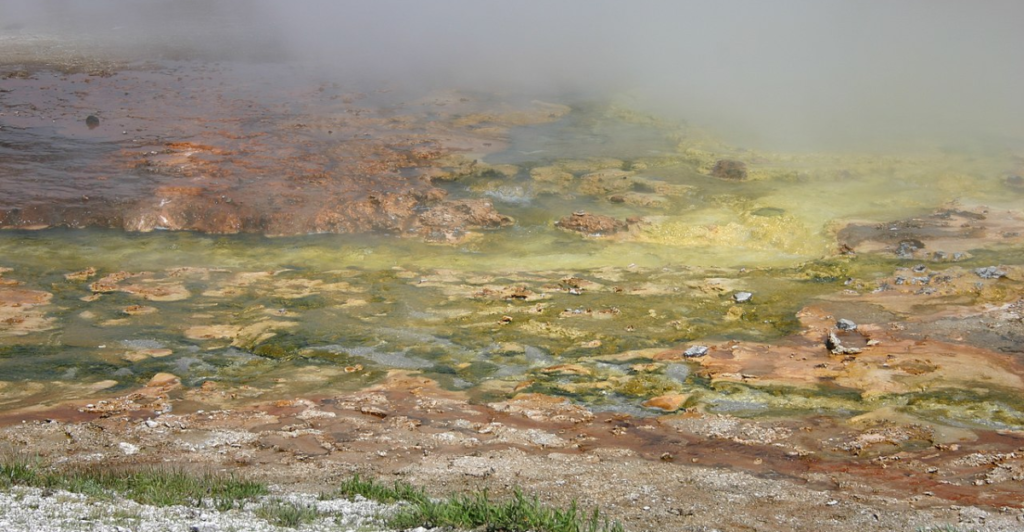
Contrary to plants and animals, certain archaea produce energy without sunlight or oxygen. They employ hydrogen gas, cleaved by highly specific enzymes known as hydrogenases, to power their metabolism.
Perhaps the most important form—[FeFe]-hydrogenase—was thought to be found only in bacteria and eukaryotes, but scientists recently discovered it in archaea. These enzymes are small but incredibly efficient, possessing nature’s trick for accomplishing more with less. This challenges the theory that advanced energy systems developed later. Archaea were accomplishing this billions of years ago.
Their sophisticated biochemistry could drive new technologies—most significantly in green energy, where the conversion of hydrogen to fuel is a matter of immediate need.
Implications for the Evolution of Eukaryotic Life

The hydrogen metabolism of archaea could have been the cause of the origins of complex life. The prevailing theory is that an archaeal cell fused with a bacterium to create a symbiosis.
The bacterial partner used oxygen as fuel, and the archaeal host managed hydrogen. Through time, the collaboration evolved into eukaryotic cells—the cells that constitute humans and all other complex animals. The hydrogen partnership may have been the trigger.
So when we read about how archaea collaborate with hydrogen, we’re not just reading about microbes. We’re reading in reverse, tracing back the origin story of all animals, plants, and human beings. Hydrogen wasn’t only fuel—it was a means to evolve.
Research Findings on Hydrogen Production

Recent studies have revealed astounding facts regarding how archaea generate hydrogen. Researchers sequenced the genomes of thousands of archaea and discovered enzymes that are responsible for hydrogen production.
One such enzyme, [FeFe]-hydrogenase, is of particular interest—it’s the smallest and most intricate hydrogenase form known. By isolating and studying these enzymes, scientists have come to learn how archaea effectively cleave hydrogen molecules. Having the ability to produce hydrogen under extreme conditions has the potential to unlock new means of energy generation.
Bioengineering these enzymes might result in less expensive and cleaner techniques for generating hydrogen fuel, without relying on expensive catalysts made from precious metals that are commonly employed with current methods of hydrogen production.
Implications for Green Energy Solutions
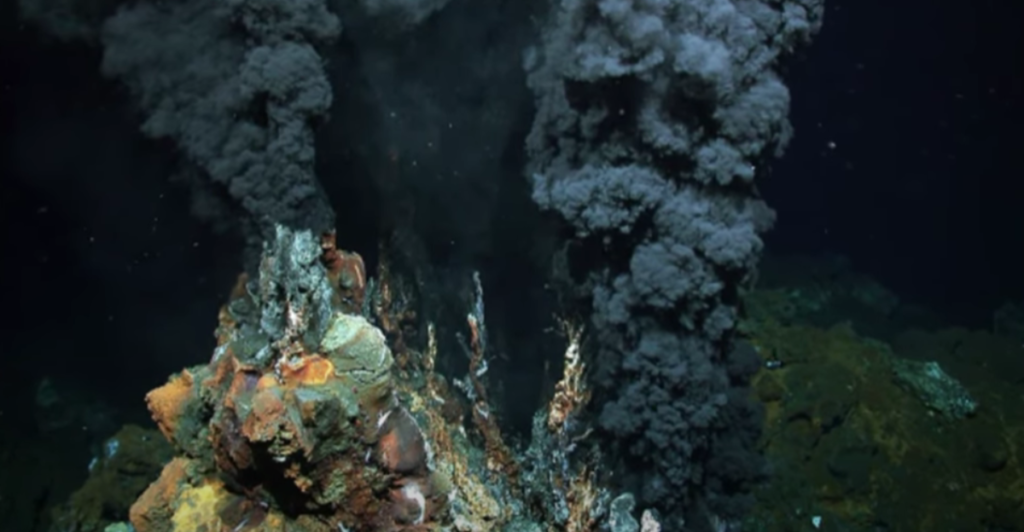
The hydrogen production capacity of archaea can revolutionize green energy production. Hydrogen is currently made through complex chemical reactions using expensive metals such as platinum. Archaea provide a biological alternative—enzymes that cleave hydrogen with high efficiency at low cost.
These biological catalysts can potentially reduce the energy intensity of hydrogen production, making it cleaner and greener. In addition, archaea’s resistance to harsh environments and capacity for oxygen-free growth position them as the best bet for long-term, high-yielding fuel production.
As researchers gain access to these microbial reactions, we might witness a revolution in clean, renewable energy production. Archaea may be our ticket to a future of sustainable energy.
Historical Context of Archaea Research
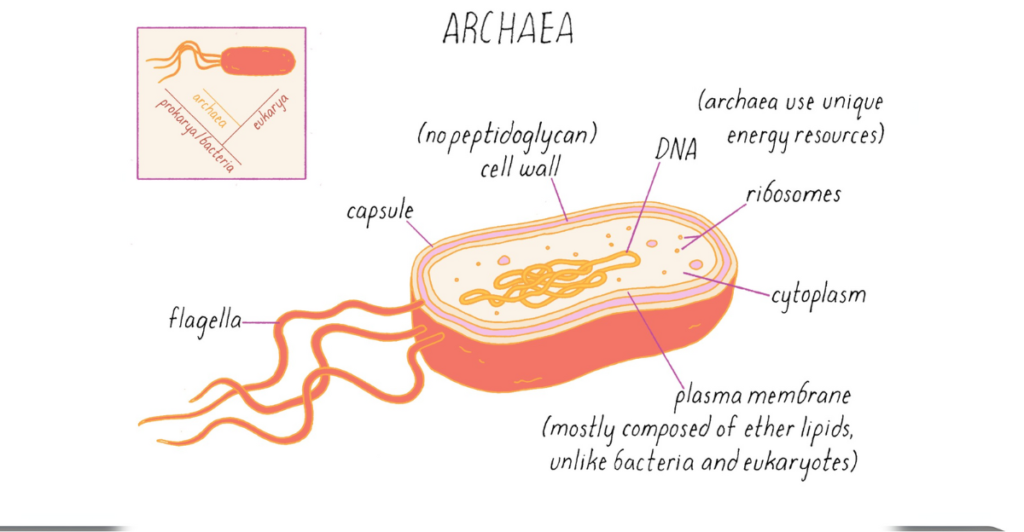
The road to learning about archaea has been a long and winding one. Originally mistaken for bacteria because of their resemblance, archaea were lost for decades. It wasn’t until the 1970s, with Carl Woese’s research through RNA sequencing showing their unique genetic composition, that scientists fully realized their uniqueness.
Even when discovered, the true importance of archaea was not immediately understood. It wasn’t until additional study of their biochemical processes, particularly their hydrogen production, that their importance was realized.
This ongoing research has opened new frontiers, from renewable energy to biotechnology. The archaea’s history is a testament to how science progresses—new discoveries tend to bring revolutionary changes to our knowledge of life.
Archaea’s Adaptability and Resilience
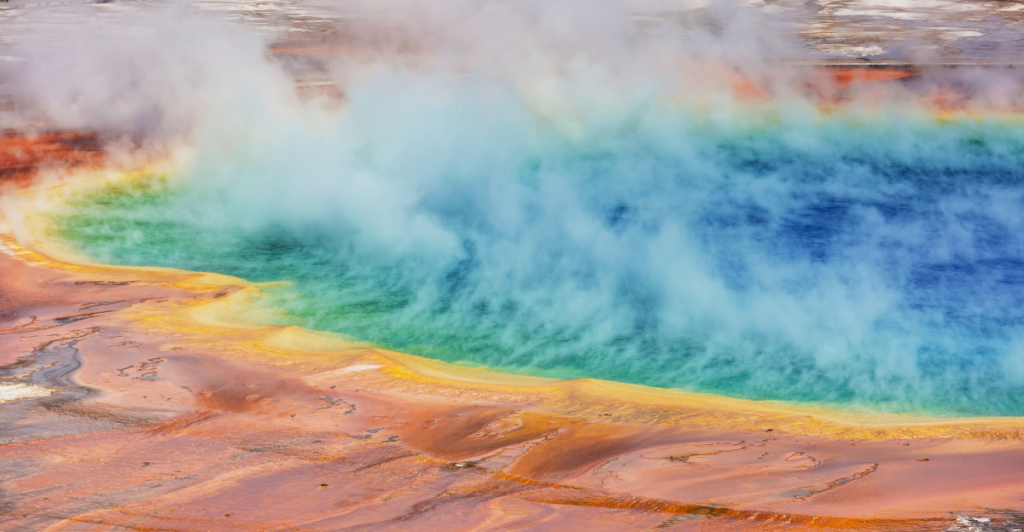
Archaea are survivors of extreme environments. From boiling hot springs to salt lakes and ice-covered tundras, these microbes survive in some of the most inhospitable regions on Earth. Their adaptability stems from their specialized metabolic processes, which enable them to tap into resources unavailable to other organisms.
For instance, most archaea are able to live without oxygen, instead fueling themselves on hydrogen or methane. This tolerance to extreme conditions is what makes archaea an important subject for research.
It’s not only about knowing how life began; it’s about knowing how to utilize this knowledge in biotechnology, energy production, and space exploration. As researchers continue to examine the work of such early microbes, they continue to illuminate how life can persist under extreme conditions.
The New Energy Revolution
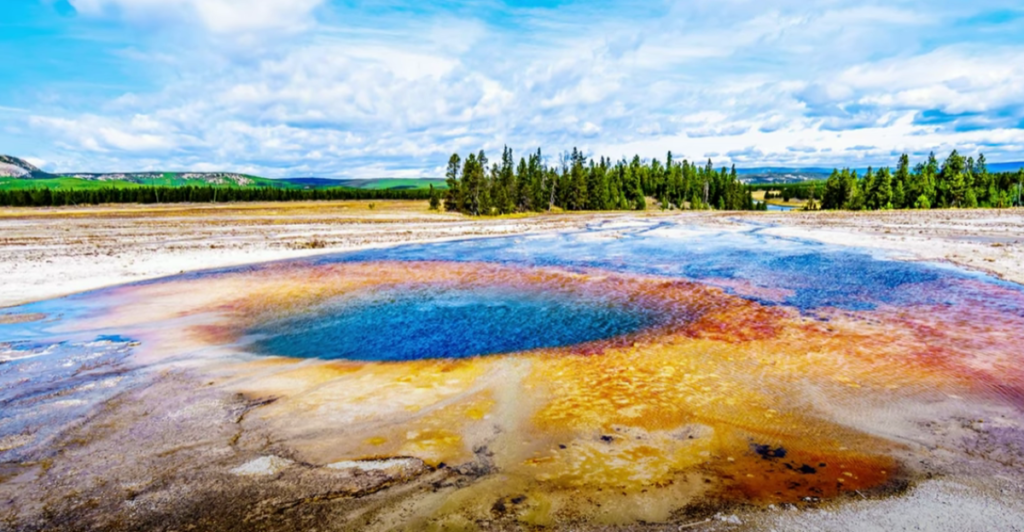
The ability of Archaea to produce hydrogen under extreme conditions could bring a new era of energy production. Their long-dead remains already produce energy in processes now only recently elucidated by mankind.
With their hydrogen-producing enzymes, we can create cleaner, more efficient, and greener forms of energy. The more research progresses, the greater the potential that archaea hold the key to breaking clean energy production’s biggest challenges.
It’s not so-called curiosity-driven science—it’s the key to an age of unlimited green energy supply, access, and efficiency. The archaea are not only rewriting the history of life on our planet but also opening the door to a brighter, more sustainable future.
Explore more of our trending stories and hit Follow to keep them coming to your feed!

Don’t miss out on more stories like this! Hit the Follow button at the top of this article to stay updated with the latest news. Share your thoughts in the comments—we’d love to hear from you!







